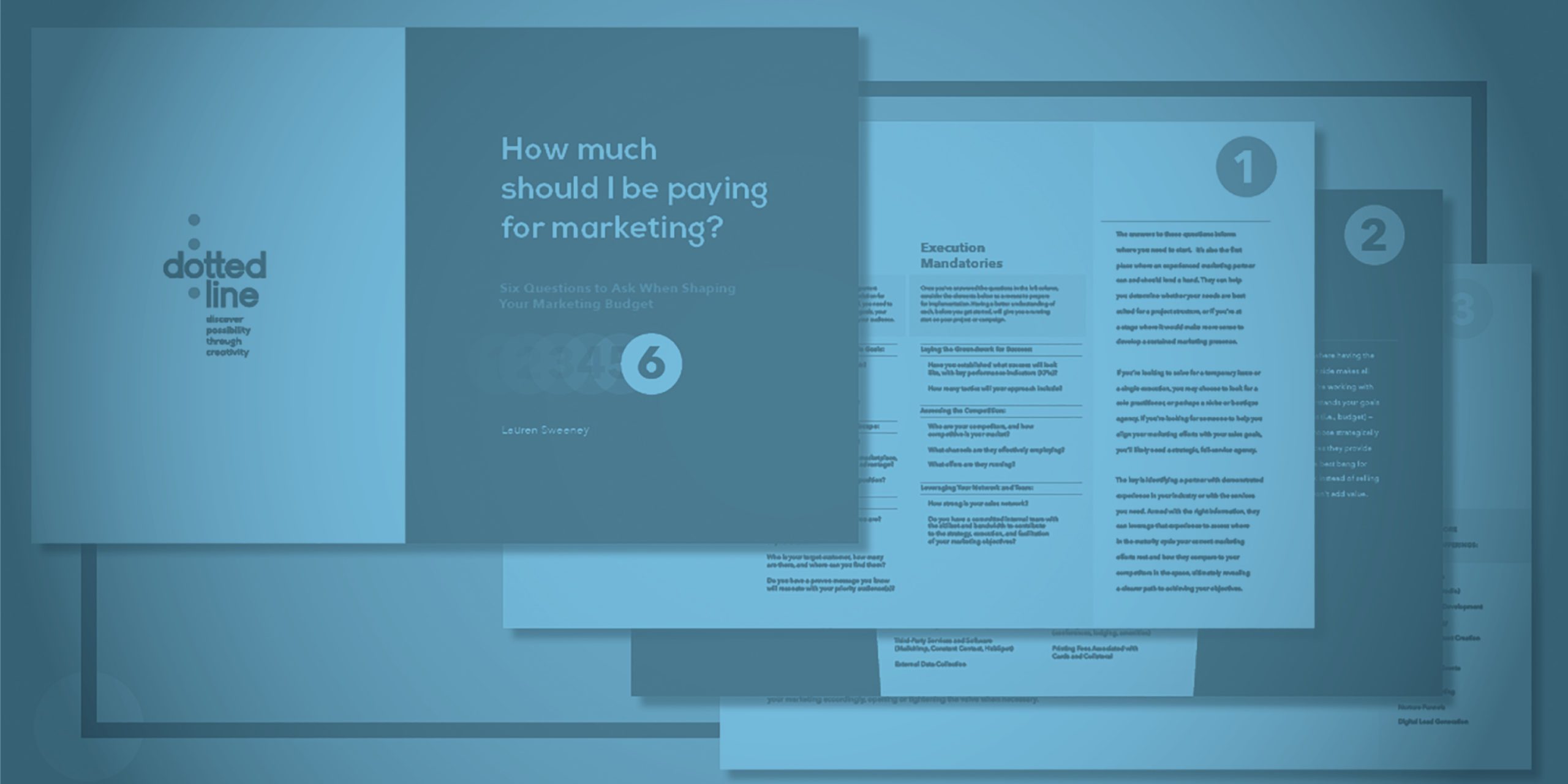By Kyra Newman
How many times have you scanned the aisles during a shopping trip to check out a new product featured on your favorite talk show? Or Googled an innovative startup after hearing its founder weigh in on your favorite news podcast? Or planned to stop by a food festival that a local events magazine plugged?
It’s no secret that the media influences public perception of brands—that’s why so many companies invest in media relations. Media outlets offer unparalleled reach when it comes to disseminating information to targeted, receptive audiences. What’s more, the public places considerable trust in the outlets they choose to follow, so a positive endorsement from a media outlet can lend invaluable credibility to a company and its offerings.
The real secret at the heart of media pitching lies in teasing out the most newsworthy, impactful brand stories and convincing a reputable outlet that whatever you’re plugging—be it a product, service or idea—is worth sharing with their audience. That’s where the art of crafting a media pitch comes in.
What is a media pitch?
To fully understand the role of a media pitch, it’s necessary to first understand the scope of media relations. Not to be confused with “public relations”—which broadly encompasses a company’s external outreach to any stakeholder—“media relations” hinges on outreach to a specific group of stakeholders: reporters and producers. Situated within the context of the fast-paced news cycle, a media pitch is any attempt to convince an outlet to cover your company.
Depending on your industry, resources and promotional goals, the angle of your pitch and the type of media coverage you achieve will vary. A bike-sharing startup might opt to pitch a highly visual story complete with graphics showcasing its new and improved bike-docking locations ahead of National Bike to Work Day, while an environmental nonprofit could offer up an interview with its lead scientist to assist a reporter in teasing out key points from a new, jargon-heavy piece of legislation.
While the content of a pitch depends on a brand’s specific strategy, nearly all successful pitches share a common format. They snag a reporter’s attention with a customized hook, clearly communicate how a brand story will benefit an outlet’s audience, provide any resources (such as product samples and expert interviews) necessary to bring the story to life, and specify a clear directive for the journalist to act on—all while keeping the message digestible and to-the-point.
Most pitching today starts via email, and journalists’ inboxes are flooded with dozens of requests each day. Reporters must sift through the clutter to pursue the most buzzworthy news items. So while the possibilities for companies to leverage media relations are endless, the success of a pitch ultimately hinges on communicating the brand story’s newsworthiness. But how does the media define a newsworthy story?
What journalists are looking for
More often than you’d think, clients make the mistake of pitching their company updates as “news.” But updates that are newsworthy internally—a sleek new website, the appointment of a new CFO—aren’t necessarily stories worth sharing externally. When reporters vet pitches for newsworthiness, they look for three key elements:
#1. Uniqueness
First and foremost, a story needs to be distinctive enough to merit the media’s attention. Launching a copycat product is hardly news, but unveiling a disruptive innovation? That’s much more likely to pique a reporter’s interest. If generating news coverage is essential to your promotional plan, define the points of difference that will break through everyday media clutter. From a never-before-seen feature to an outrageous event activation, pursuing a buzzworthy angle from the outset helps a brand story stand out during the media pitching process.
#2. Relevance
Even the most remarkable story risks falling through the cracks if a pitch doesn’t clearly motivate for its relevance. A generic mass email is destined for the spam folder—a reporter is much more likely to follow up on a thoughtful, tailored pitch that demonstrates familiarity with their outlet and applicability to their target audience. In crafting an initial message, spell out the connections that make your brand story worthy of publication or airtime. Whether plugging a groundbreaking packaging adhesive to a manufacturing trade journal or promoting an upcoming neighborhood wine festival to a local events blog, do your homework to ensure that your pitch resonates with the parties it needs to reach.
#3. Timeliness
Finally, when it comes to pitching a story, the adage about being in the right place at the right time holds true. Even the most unique, relevant stories might not make the news if the initial pitch hits a journalist’s desk too early or too late. And if a story is evergreen and could be covered at any time, a reporter will likely pass it up in favor of a more pressing, urgent piece. As you prepare to pitch your brand story, keep timing in mind. Maybe that entails strategically timing the launch of your pop-up restaurant to coincide with the annual restaurant week or fast-tracking a revolutionary redesign of your app so it’s ready in time for a blockbuster conference. Because the news cycle moves so quickly, time is of the essence in getting eyeballs on your brand story.
If developing your media relations sounds like a nuanced and time-intensive process, that’s because it is! Like any promotional initiative, effective pitching requires some legwork, and tapping an agency makes the process a bit easier. From expertise in pitch strategy and copywriting to extensive knowledge of the media ecosystem to long-standing connections with outlets and journalists, we’re here to help. Click here to reach out.
;)
;)
;)
;)
;)
;)
;)
;)
;)
;)